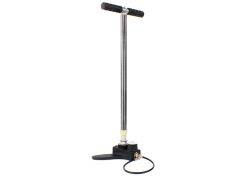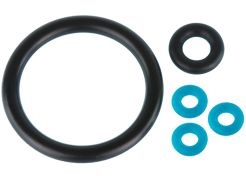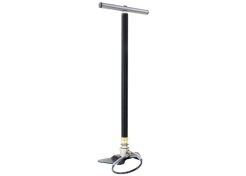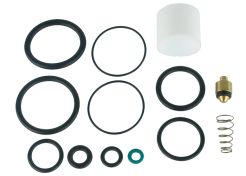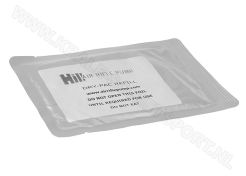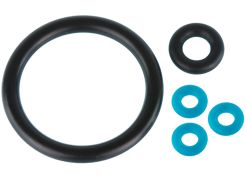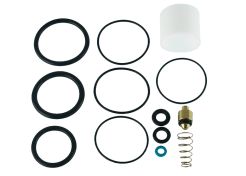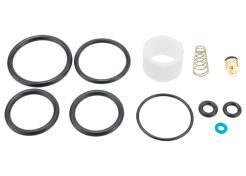What is a PCP pump?
A PCP air pump is a PCP hand pump with which you can fill the air reservoir of your PCP air rifle or PCP pistol with. You operate nearly similar to an ordinary bicycle pump. However, a PCP airgun pump is able to produce extremely high pressures, up to several hundred bar.
With a PCP pump, you can completely pressurise you PCP airgun up to the maximum level that is required for consistent and powerful shots. The big advantage here, is that you’re not having to carry around a heavy charging cylinder (diving bottle or scuba tank) and you don’t need a heavy compressor for which you’ll need a mains connection. A PCP pump is an affordable alternative that isn’t just nice for starters, even seasoned PCP air rifle shooters make use of it. When out and about, the PCP pump is the lightest and most compact option there is to pressurise the air tanks of PCP airguns.
This is how a PCP pump works
A PCP pump is sometimes also called a PCP compressor pump, which does have a certain truth in it, as it compresses air significantly further than a normal tyre pump would do. When using a pump that you would use for your bicycle or car tyres (assuming you’ve got a connector to fit), you’ll notice that the pumping action will rapidly get harder, up to the moment that even your full bodyweight can’t overcome the pressure anymore. Actually, if you would connect a standard tyre pump to a PCP reservoir that’s half empty, the handle would shoot upwards with force and you won’t be able to press it down again. The pressure inside a PCP airgun is simply so extremely high, that the resistance will get to big to overcome. For this reason, a PCP pump features multiple stages. It doesn’t just have one big tube with a large piston, but multiple tubes (or cylinders) inside of each other.
Let’s take the much loved 3-stage PCP pump as an example. The first stroke pulled upwards that you make, will fill the outer tube with the biggest diameter with uncompressed air. The second stroke, pushed down, will compress the air and push it into the smaller diameter second tube, where it is stored under pressure. You now pull upwards again and, unlike a bicycle pump, this is a compression stroke too, compressing the air in the second tube, before pushing it under even higher pressure into the even smaller third tube. You now understand the need for the foot bracket on these pumps, as you’ll be both pushing and pulling. With the air getting more and more compressed, the pressure will increase. But by using smaller tubes, the resistance to overcome will be reduced to a manageable level.
With the third tube filled, you push down again to create an even greater pressure by compressing the air until the pressure is high enough to be greater than the pressure inside the air rifle’s reservoir. At this point, you start filling the PCP airgun. It can be a bit confusing to read, but really, it’s not that difficult:
- Pump up: sucks the outer air into the first tube
- Pump down: pushes the air into the second tube, while compressing it
- Pump up: pushes the air into the third tube, while compressing even more (while simultaneously sucking outer air into the first tube again)
- Pump down: pushes air under maximum pressure into the PCP airgun (while simultaneously pushing air from the first to the second tube)
With this continuing cycle, it’s possible to create an enormous pressure, with minimal effort. You might wonder why you can’t just use a pump with a small diameter instead. The clue is in the compressibility of air. The first part of the stroke will just compress air, until a pressure is reached that is higher than the resistance in the next chamber (and eventually of that in the air cylinder of your airgun). Would you just use a small diameter pump, using uncompressed air, the length of the stroke would be huge before the air inside will be compressed enough to reach an acceptable high pressure. By using a multi-stage pump, the length of the stroke can be kept short and manageable as the air is compressed step by step.
It underlines the importance of making full strokes when using a PCP pump. You really have to reach the end of each up- and downstroke, otherwise you’re just compressing air. And just when it starts to flow through, you stop before completing that. That would be a waste of energy, while filling will take ages too. So, finish the stroke, as it’s the most important part of the whole cycle.
It’s worth mentioning that some PCP rifle pumps feature a moisture filter. There’s always a percentage of moisture in the air, the amount depending on the humidity level. If you go for a professional refill of a charging cylinder for your pellet gun, the compressed air will be completely de-humified. When using a PCP pump, the air will have the humidity of the space you’re using the pump in. As moisture will condensate when air is compressed, the water will gather in the bottom of the PCP pump and a small part could get into your PCP gun too. Often, this won’t be a problem, but some PCP air rifles can be quite sensitive to this. Using a moisture filter will collect most of the moisture, making for significantly less condensation when compressing the air by pumping.
How to use a PCP pump
Most PCP pumps have got a 1/8 BSP inner (female) thread at the base, onto which a high-pressure hose can be connected. This hose is often, but not always, included with the PCP pump. Some pumps have got a large DIN thread as specified for universal high-pressure compressed air connections. Certain bottles can be connected straight to this thread, directly to the pump.
The hose, however, is more commonly used. It has a 1/8 BSP inner thread at the business end too, which can be connected to the 1/8 BSP outer thread on a PCP airgun. This is quite often the case, however, if your PCP features a quick-fill connection, you’ll need a Foster connector, which can be screwed into the 1/8 BSP thread. Sometimes, these connectors are included, but often you buy these separately. Once connected to the airgun, there’s only one thing to do: pump!
You fill the airgun reservoir by building up pressure as described above. Making deliberate and complete strokes. Often, the PCP pump sports its own pressure gauge that shows you the built-up pressure. During a stroke, the dial arm will swing up rapidly, before returning to almost its original position. This is normal, as the pressure first need to build to overcome the pressure of the valve and the pressure inside the reservoir. After overcoming this pressure and filling the reservoir, the needle will settle down on the actual pressure inside. See air as something elastical, like a stress-ball you squeeze. The more you compress it, the less volume there will be, but the more pressure you will have to exercise, which the needle will show. So, rest assured, it’s normal and you don’t have an air leak.
While pumping, the air inside the PCP pump will be compressed maximally, making the needle swing up rapidly. On a counter stroke, the needle will settle to show the actual pressure inside the reservoir of the airgun. The higher the pressure, the less frantically the needle will be moving. Little by little, the reservoir of your PCP airgun will start to fill and around 170 bar (2500 psi), you’ll start to notice you need to put in quite a bit more effort. At this point, the serious airpumper will change tactics. You stop pumping with your arms, keeping them stretched instead and use your bodyweight by bending your knees to reduce the strain on your arm muscles. You want to keep these relaxed, in order to be able to take a steady aim later on.
Mostly, PCP air rifles can be filled with a PCP pump within five minutes or so. This is, as the air reservoir isn’t completely empty and has a base pressure. With that, we mean the pressure where the PCP air rifle starts to lose power and consistency. If you’ve got a regulated airgun, this will be the pressure where you’ve set the regulator to.
IMPORTANT: Because the PCP pump can get quite hot as a result of the air friction inside, it’s advisable for the longevity of the rubber seals to let the pump cool down for about 15 minutes after 5 minutes of moderate (don’t go flat-out) pumping action. As a rule of thumb, you can say that after relaxedly filling your PCP, the PCP pump needs to cool down. Really take this seriously, as in the rare occasion that a PCP pump does break down, not letting it cool down is most often the cause. Stick to cooling down, and you’ll enjoy your PCP pump for years and years.
After every use, you need to open the bleeding screw at the base of the PCP pump. Not only will this depressurise the system, it will also get rid of any condensed water that has gathered at the bottom of the pump. That, and getting rid of some heat too.
Buying the best PCP pump
We’ve got plenty of PCP pumps in stock and to find the best PCP pump for yourself, you need to look at a couple of things. Most important is the pressure it needs to deliver, as we’ve got pumps ranging from 200 up to 300 bar. And be aware of which connection you need. In rare cases this will be a DIN-thread for high pressure compressed air, but more often than not, you’ll need a 1/8 BSP connection. The latter will also take a Foster quick-fill connector. In our store and webshop, there are multiple connectors and adapters available too. Last thing to consider is if you want your PCP pump to have a moisture filter.
And if you find yourself in doubt about which PCP pump is best for your needs, please feel free to contact our experts. They’ll be happy to advise you.







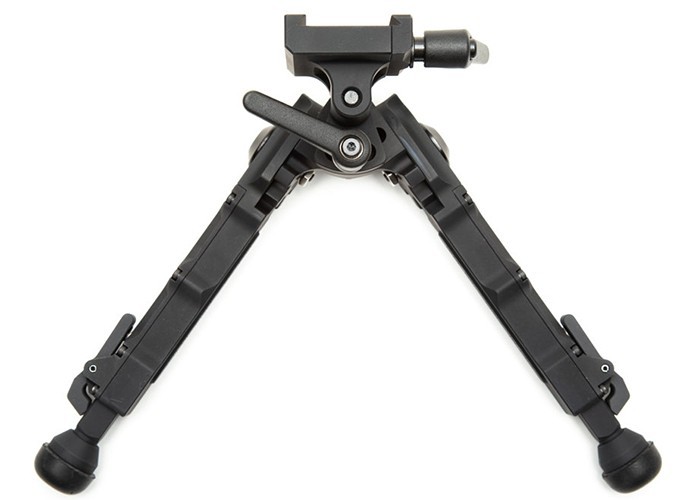
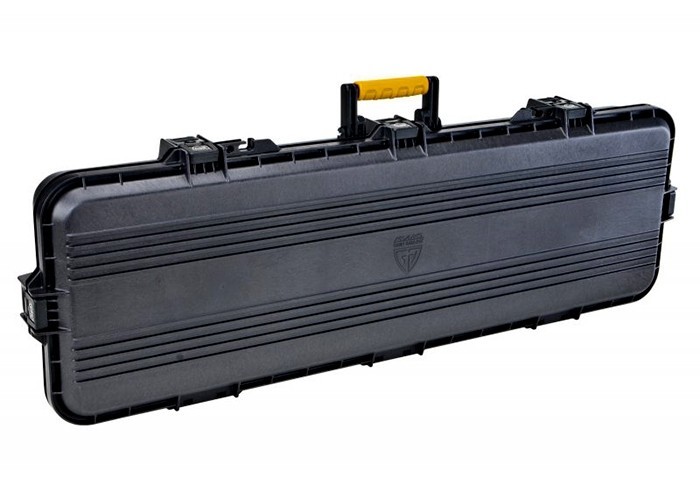
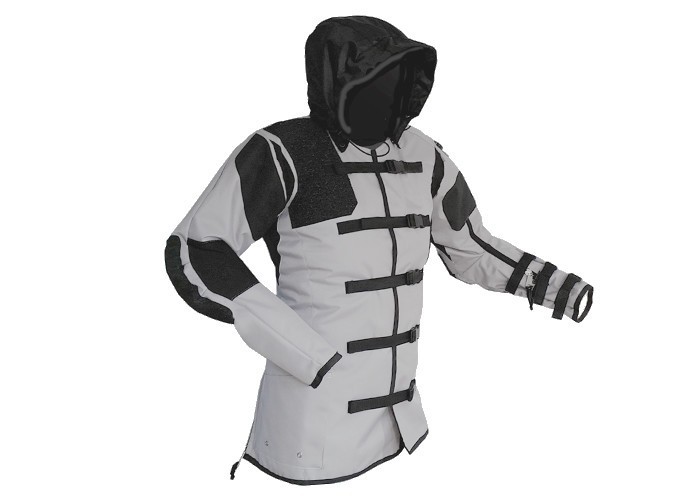
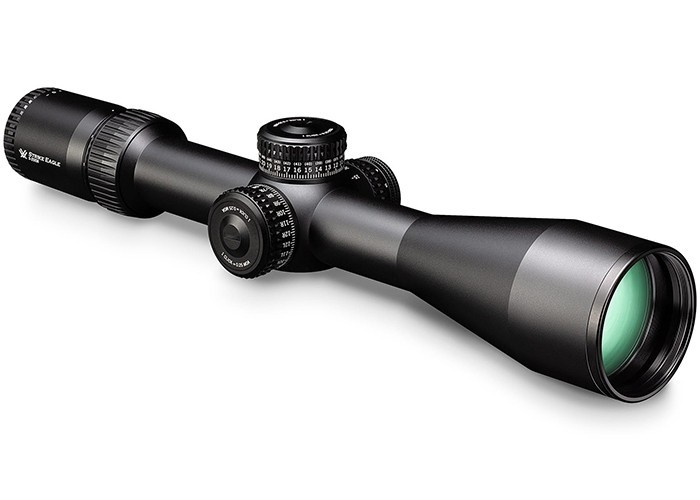
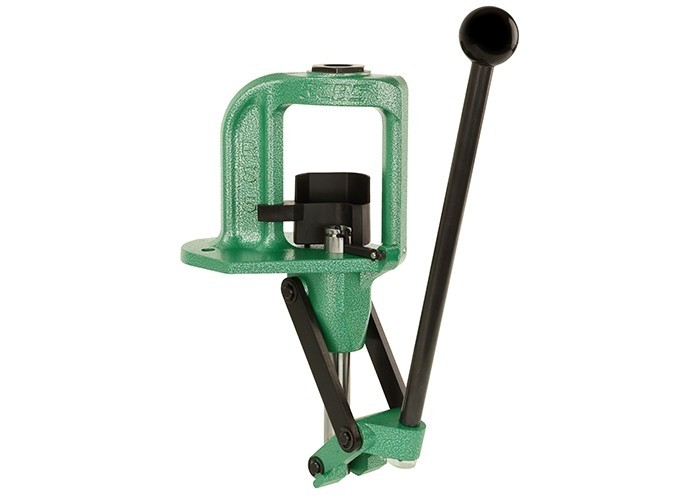
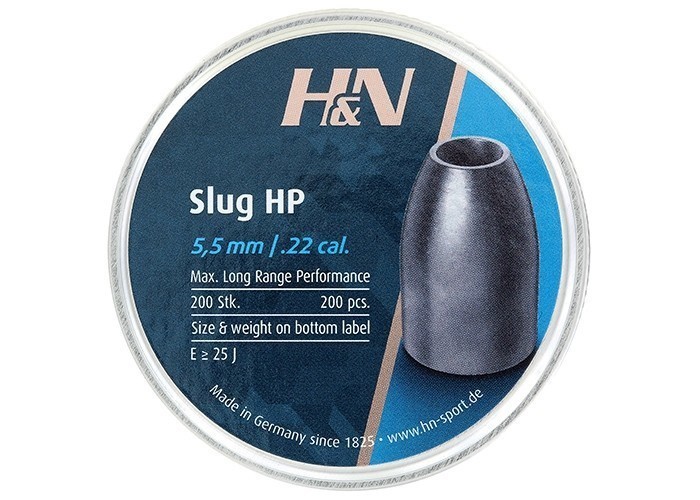
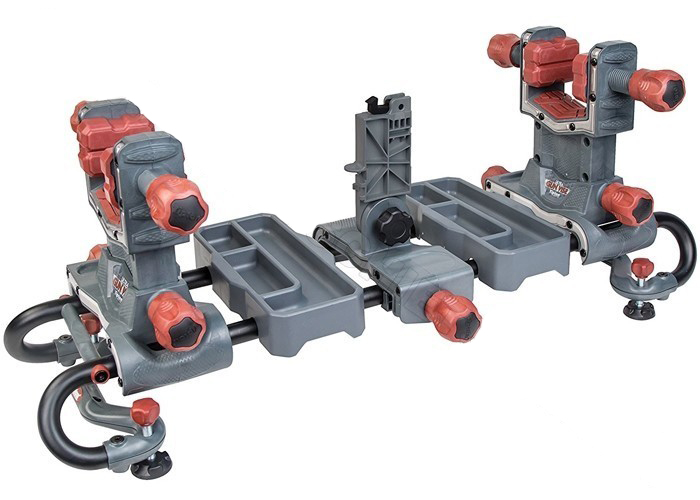
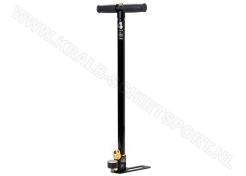
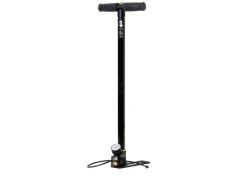
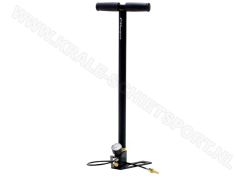
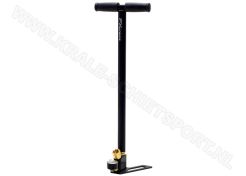
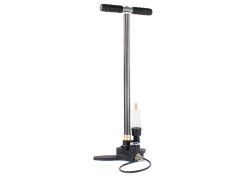
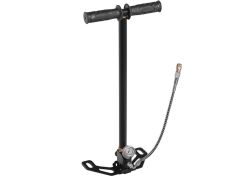
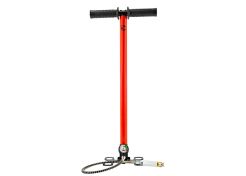
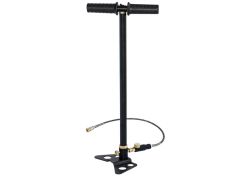
 Fast & secure delivery
Fast & secure delivery Secure shopping & payment
Secure shopping & payment Lots of expertise
Lots of expertise